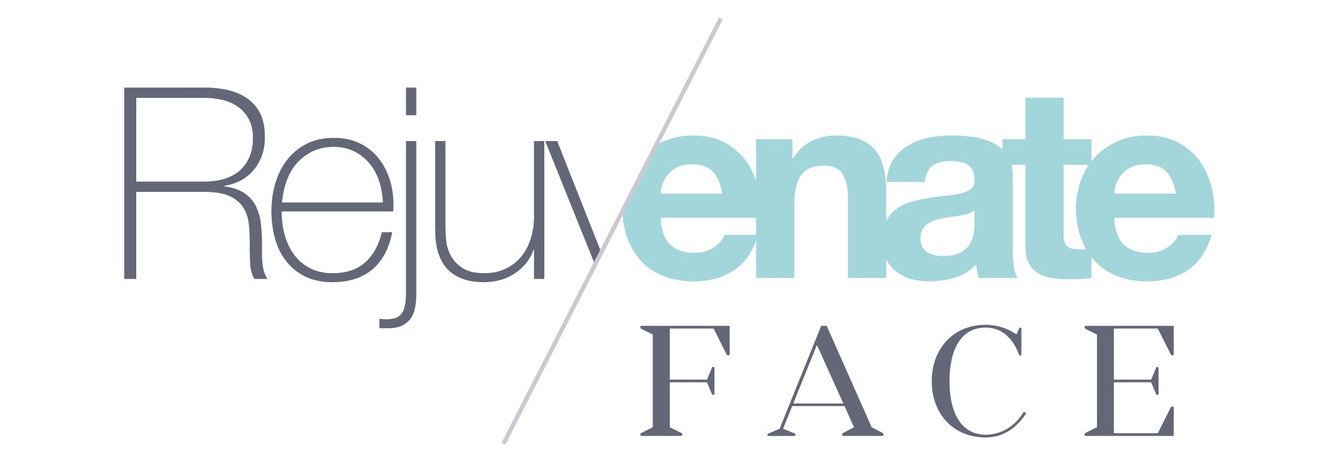Key Features of Short Wave Diathermy
A list of key features in blemish removal
Precise and Targeted Treatment
Short wave diathermy allows for precise targeting of specific lesions, minimising damage to surrounding healthy tissue.
Minimally Invasive
The procedure is minimally invasive, requiring only a small probe to be inserted into the targeted lesion. This results in minimal scarring and faster healing compared to surgical excision.
Versatile
Short wave diathermy can treat a wide range of benign skin lesions, including skin tags, seborrhoeic keratoses, warts, milia, cherry angiomas, and telangiectasias.
Quick and Convenient
The procedure is typically quick, with most lesions being treated within a few minutes. It can often be performed in a doctor's office without the need for anesthesia.
Cost-Effective
Shortwave diathermy is a cost-effective option for skin lesion removal, often being less expensive than surgical excision or laser treatments.
Steps in a Short Wave Diathermy for Skin Blemish Removal
An outline of what to expect during your treatment
Consultation and Assessment
We will examine the skin lesion, discuss your medical history, and determine if shortwave diathermy is suitable for your specific case.
Preparation
We will clean and disinfect the treatment area. A topical anaesthetic may be applied to numb the area, although this is not always necessary for smaller lesions.
Procedure
We will use a fine probe to deliver the shortwave diathermy current to the lesion. This may cause a slight tingling or burning sensation, but it is usually well-tolerated. The lesion will typically turn white or grey as it is being treated.
Post-Treatment Care
We will apply a topical antibiotic or ointment to the treated area and provide instructions for aftercare. This may include keeping the area clean and dry, avoiding sun exposure, and using any prescribed medications.
Healing and Follow-Up
The treated lesion will form a scab, which will naturally fall off within a few days to a few weeks. We may schedule a follow-up appointment to assess the healing process and ensure optimal results.
Short Wave Diathermy for Skin Blemish Removal
Purpose
Removes benign skin lesions like skin tags, seborrhoeic keratoses, warts, milia, cherry angiomas, and telangiectasias.
Treatment time
Typically 15 to 30 minutes, depending on the number and size of blemishes.
Downtime
Minimal. Redness and slight swelling may occur, with the area healing over a few days to weeks.
Side effects
May include redness, swelling, slight discomfort, and temporary changes in skin texture or colour.
Results
Visible within days to weeks as treated blemishes dry up and fall off. Multiple sessions may be required for optimal results.
Additional notes
Requires meticulous aftercare, including keeping the area clean and avoiding sun exposure. Follow-up treatments may be necessary for persistent blemishes.
Choose a Treatment
Milia
Remove milia, those tiny white bumps, with precision.
£60Features
- Targeted treatment for individual milia
- Minimal discomfort and quick healing
- Effective for milia on sensitive areas like the face
Seborrheic Keratosis
Effectively remove those harmless waxy bumps.
£80Features
- Precisely targets and removes individual keratoses
- Minimal impact on surrounding skin, promoting faster healing
- Preferred for facial seborrheic keratoses due to its gentle nature.
Skin tag
Safely and effectively eliminate skin tags.
£80Features
- Precise removal of individual skin tags
- Minimal scarring and fast recovery
- Suitable for skin tags on various body areas
Broken Capillaries
Seal broken capillaries, those tiny red veins on the skin's surface.
£80Features
- Precisely targets and cauterizes individual capillaries
- Minimal discomfort and quick procedure time
- Gradual fading of treated capillaries over time
6 FAQs about Short Wave Diathermy for Skin Blemish Removal
Get answers about shortwave diathermy.
Is short wave diathermy painful?
Shortwave diathermy can cause a mild stinging or burning sensation during the procedure. However, most patients tolerate it well, and a topical anaesthetic can be applied to numb the area if needed.
What are the side effects of short wave diathermy?
Common side effects include temporary redness, swelling, and mild crusting at the treatment site. These usually resolve within a few days. Rare side effects include hyperpigmentation or hypopigmentation, which may take several months to fade.
How long does it take to recover from short wave diathermy?
Recovery time varies depending on the size and number of lesions treated. Most patients can resume normal activities immediately after the procedure. The treated area may scab over and take a few days to a week to heal completely.
How many short wave diathermy treatments are needed?
Most skin lesions can be effectively treated with a single session of shortwave diathermy. However, some larger or more complex lesions may require multiple treatments for optimal results.
Are the results of short wave diathermy permanent?
Shortwave diathermy effectively removes the treated lesion, and the results are generally considered permanent. However, new lesions may develop in the future, which can be treated with additional sessions if needed.
Can short wave diathermy be used on all skin types?
Shortwave diathermy is generally safe for all skin types, including darker skin tones. However, there is a slightly increased risk of hyperpigmentation or hypopigmentation in individuals with darker skin. During your consultation, we will assess your skin type and discuss the potential risks and benefits of the procedure.

